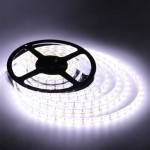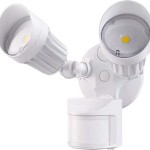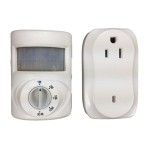Unveiling the Blueprint for an Optimal Outdoor Lighting Plan
Illuminating your outdoor space is more than just a safety measure; it enhances ambiance, elevates aesthetics, and extends usability. Embark on this comprehensive guide to craft an exceptional outdoor lighting plan that beautifies your property and creates a welcoming atmosphere.
1. Determine Your Purpose
Start by identifying the specific goals of your outdoor lighting: enhancing security, illuminating pathways, highlighting architectural features, or creating a cozy ambiance for entertaining. Understanding your objectives will guide the type and placement of fixtures.
2. Consider the Landscape
Your outdoor lighting should seamlessly integrate into your landscape. Take into account the size, shape, and vegetation of your property. Position fixtures to accentuate trees, highlight flower beds, or cast dramatic shadows on architectural details.
3. Choose the Right Fixtures
Navigate the vast array of outdoor lighting fixtures by considering their style, functionality, and durability. Choose fixtures that complement the architecture and décor of your home while providing ample illumination. Opt for durable materials like stainless steel or copper to withstand the elements.
4. Layer Your Lighting
Avoid flat, one-dimensional lighting by incorporating layers. Use ambient lighting to provide general illumination, accent lighting to highlight specific features, and task lighting for functional areas like pathways or seating areas. This layering creates visual interest and enhances safety.
5. Plan for Control
Controllable lighting adds flexibility and convenience to your outdoor space. Consider installing dimmers to adjust the brightness according to your needs. Motion sensors can automatically activate lighting when movement is detected, improving security and energy efficiency.
6. Address Energy Efficiency
Embrace energy-efficient lighting practices to minimize environmental impact and reduce energy consumption. Opt for LED or solar-powered fixtures that boast extended lifespans and low energy requirements. Consider using timers or smart home devices to automate lighting schedules.
7. Seek Professional Guidance
For complex or elaborate outdoor lighting plans, consulting a professional lighting designer can prove invaluable. Their expertise ensures optimal placement, fixture selection, and energy efficiency while maximizing the aesthetic appeal of your property.
Conclusion
An exceptional outdoor lighting plan transforms your property into an inviting and functional space. By considering your purpose, integrating with the landscape, choosing the right fixtures, layering your lighting, exercising control, embracing energy efficiency, and seeking professional guidance when necessary, you can illuminate your outdoor haven with both beauty and purpose.

Plan Your Landscape Lighting Design Twilight Designs

Outdoor Lighting How To Design A Garden Scheme Pt Iii

Outdoor Landscape Lighting Effects Garden Design

Outdoor Lighting How To Design A Garden Scheme Pt Iii

Outdoor Landscape Lighting Design Tips Ideas Environmental Designs

Landscape Lighting Plan Symbols Gcadplus

Landscape Lighting Design Overview

Outdoor Lighting How To Design A Garden Scheme Pt Iii

Landscape Lighting Design Jeffrey Heid Architect

Plan View Lighting Landscape Garden







